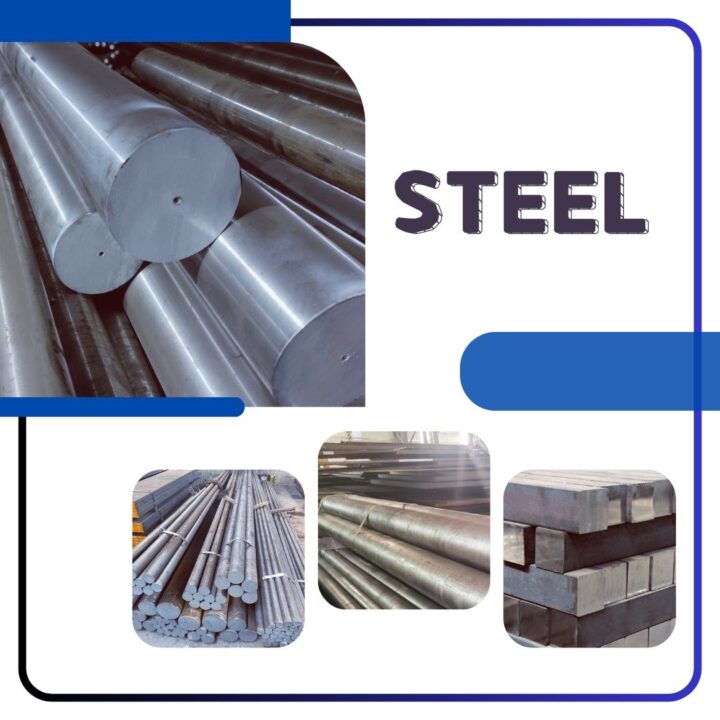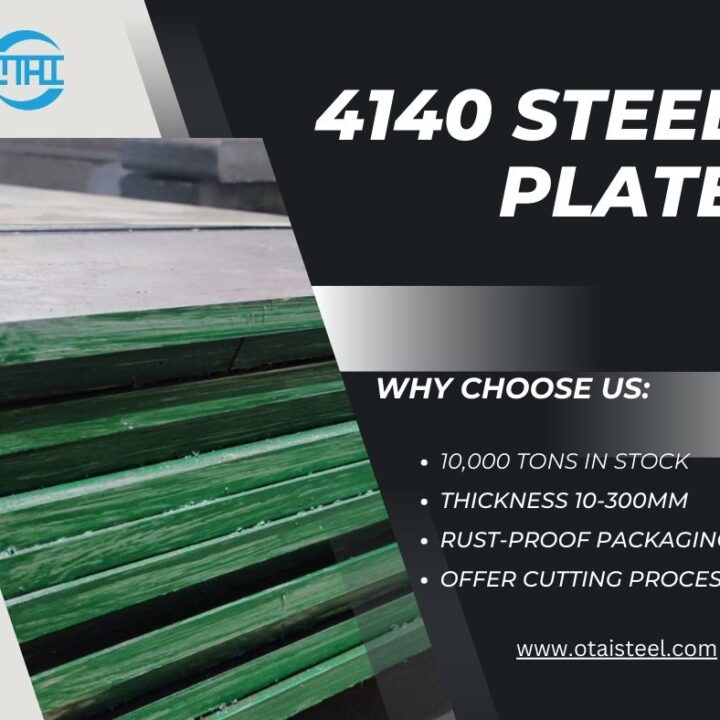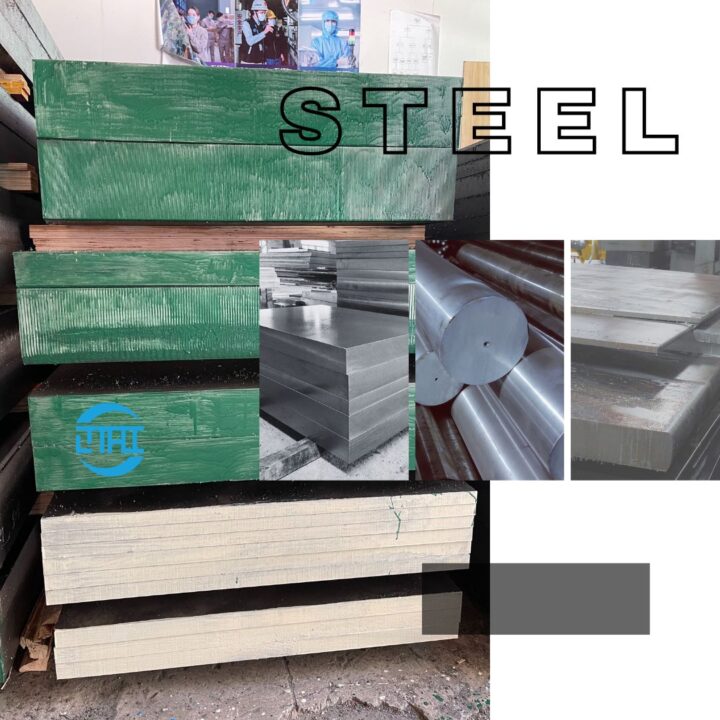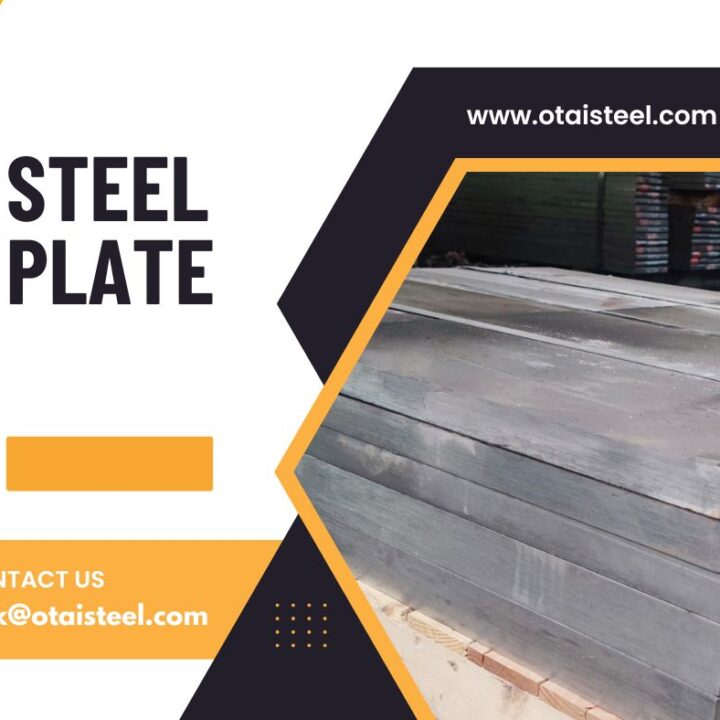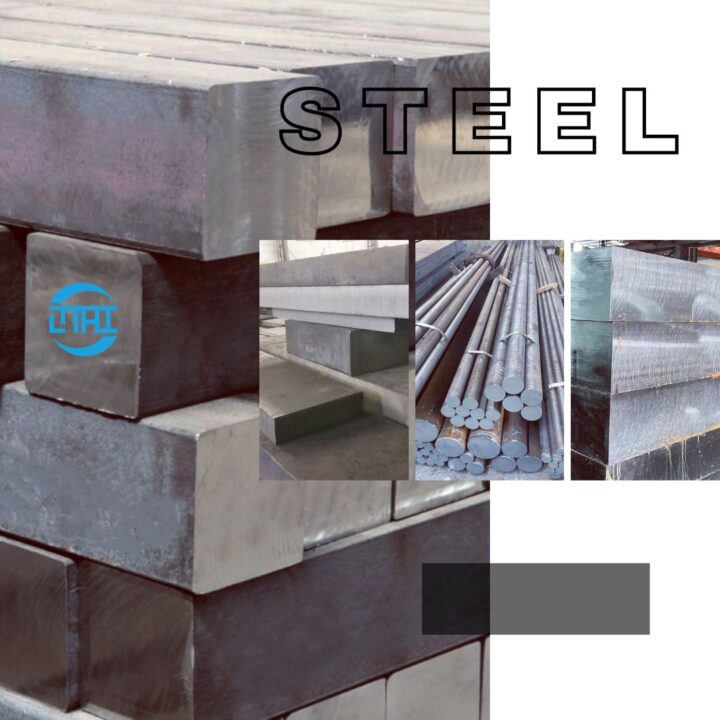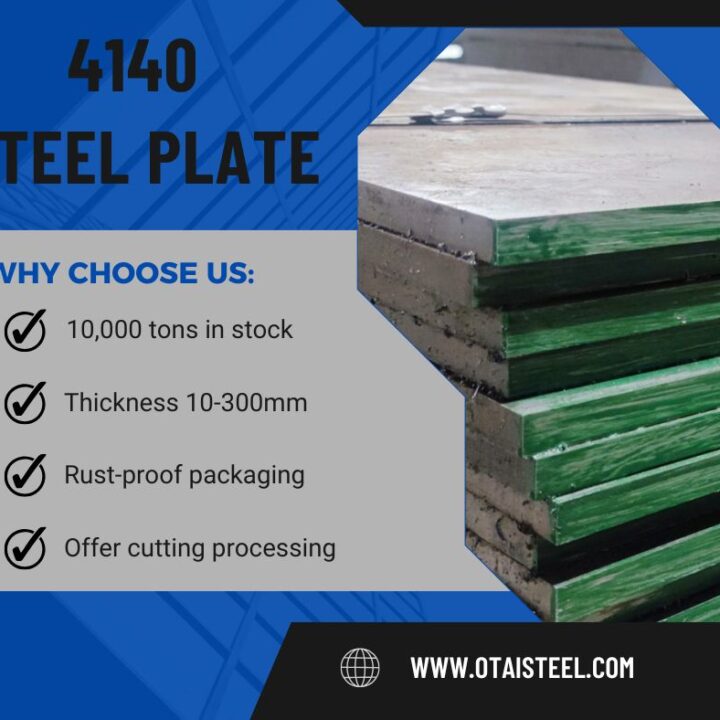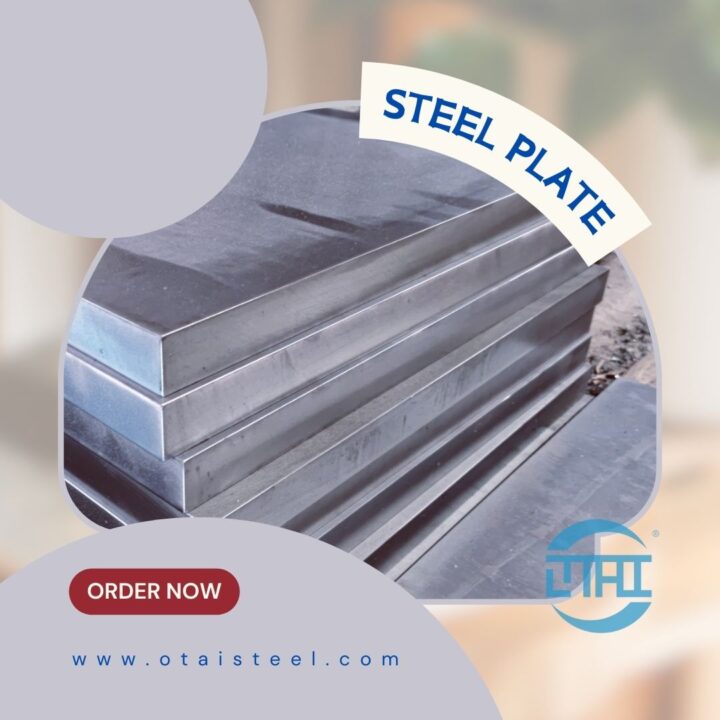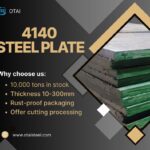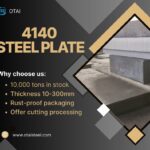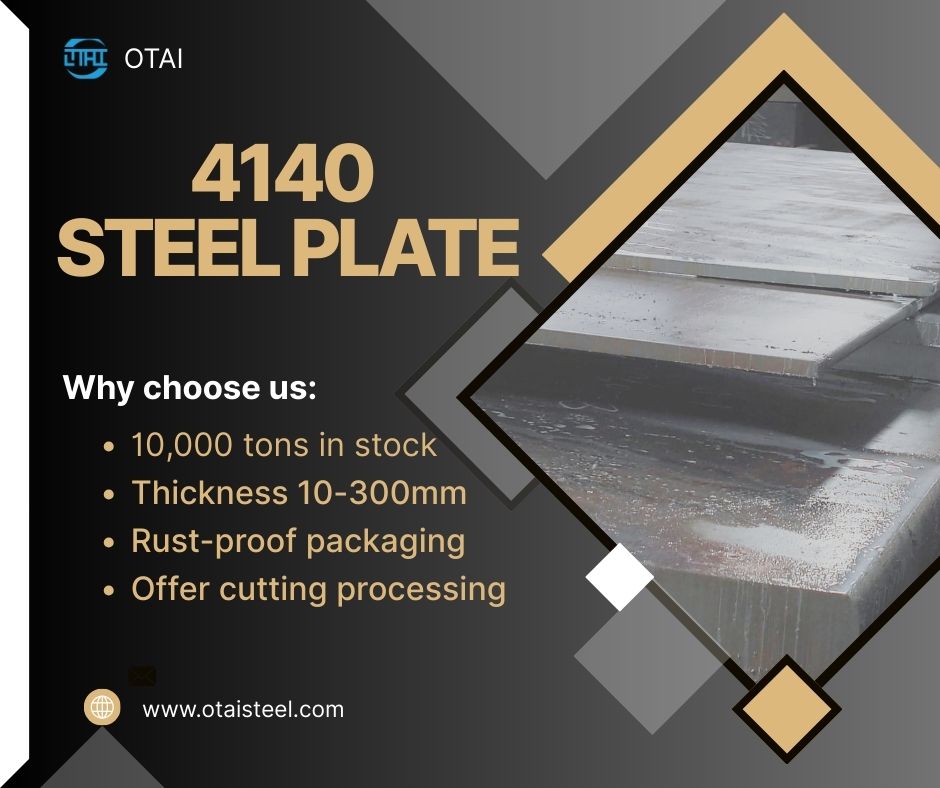 Understanding 4140 Steel Machining Property
Understanding 4140 Steel Machining Property
If you work in metal fabrication, automotive, or heavy machinery, you’ve probably encountered 4140 steel more than once. Known for its strength, toughness, and versatility, this alloy steel is a favorite for high-stress components like shafts, gears, and tooling parts. But when it comes to machining, 4140 can be both a friend and a foe. Its mechanical properties make it suitable for demanding applications, but those same properties can present challenges during cutting, drilling, or turning.
In this guide, we’ll dive deep into the machining property of 4140 steel, covering everything from tool selection and cutting speeds to heat treatment effects and practical tips for achieving precise results.
🌟 Understanding 4140 Steel Composition and Grades
Before we talk about machining, it’s important to understand what makes 4140 unique. This steel is a chromium-molybdenum alloy with the following typical composition:
| Element | Content (%) |
|---|---|
| Carbon (C) | 0.38 – 0.43 |
| Chromium (Cr) | 0.80 – 1.10 |
| Molybdenum (Mo) | 0.15 – 0.25 |
| Manganese (Mn) | 0.75 – 1.00 |
| Silicon (Si) | 0.15 – 0.30 |
These alloying elements contribute to high tensile strength, excellent toughness, and good wear resistance—key factors that influence its behavior during machining.
🛠 Machinability Rating of 4140 Steel
Machinability is often expressed as a percentage relative to a standard (B1112 free-machining steel = 100%). In its annealed state, 4140 steel machinability is typically rated at 65%. That means it’s harder to cut than mild steels but still manageable with the right tools and parameters.
The machining experience changes significantly depending on the steel’s condition:
| Condition | Brinell Hardness (HB) | Machinability Notes |
|---|---|---|
| Annealed | 197 – 217 HB | Easier to cut, minimal tool wear |
| Pre-hardened (28-32 HRC) | ~269 – 302 HB | Requires slower speeds and harder tooling |
| Quenched & tempered | 35-40+ HRC | Demands carbide or coated tooling, aggressive cooling |
⚙ Factors That Affect Machining 4140 Steel
Several factors impact how 4140 behaves under a cutting tool:
-
Heat Treatment – The more hardened the steel, the greater the cutting resistance and tool wear.
-
Tool Material – High-speed steel (HSS) works for softer states, while carbide inserts excel for hardened 4140.
-
Cutting Speeds & Feeds – Higher hardness demands slower cutting speeds and smaller depths of cut.
-
Coolant & Lubrication – Essential for dissipating heat and preventing tool chipping.
-
Chip Control – 4140 produces continuous chips; proper chip breakers are necessary to avoid tangling.
📏 Recommended Machining Parameters for 4140 Steel
Here’s a quick reference table for cutting speeds and feeds for 4140 steel in different states:
| Condition | Tool Material | Cutting Speed (m/min) | Feed Rate (mm/rev) |
|---|---|---|---|
| Annealed | HSS | 20 – 30 | 0.10 – 0.30 |
| Annealed | Carbide | 80 – 120 | 0.15 – 0.40 |
| Hardened 30-35 HRC | Carbide | 50 – 80 | 0.10 – 0.30 |
| Hardened 35-40 HRC | Carbide | 30 – 50 | 0.05 – 0.20 |
🌀 Drilling, Turning, and Milling Tips
Turning:
-
Use positive rake angles to reduce cutting force.
-
Minimize vibration with rigid setups and balanced tooling.
Drilling:
-
For drilling 4140 steel, cobalt HSS drills work well in annealed state.
-
In hardened conditions, solid carbide drills are necessary.
Milling:
-
Climb milling often yields better surface finishes.
-
Coated carbide end mills (TiAlN or TiCN) provide longer tool life.
🔥 The Effect of Heat Treatment on Machining
Annealed 4140 steel is the easiest to machine due to its lower hardness. However, many industrial applications require it in pre-hardened or quenched and tempered conditions, which makes machining more challenging.
If tight tolerances are required, many engineers prefer machining before heat treatment and then performing grinding or finishing afterward.
🛡 Tool Wear and Surface Finish Considerations
When machining high-strength 4140 steel, heat is the biggest enemy. Overheating leads to:
-
Loss of cutting edge sharpness
-
Poor surface finish
-
Increased tool chipping
To combat this:
-
Use generous coolant flow (preferably high-pressure coolant for deep holes).
-
Select wear-resistant coatings like TiAlN.
-
Avoid rubbing cuts—engage the tool fully.
🏭 Applications Where Machining 4140 Steel Shines
Because of its toughness and machinability balance, 4140 is used in:
-
Shaft manufacturing
-
Custom tooling
-
Hydraulic cylinder parts
-
Gear components
-
Mold bases
These parts often require both precision machining and high performance in service.
📌 Pro Tips for Machining 4140 Steel Efficiently
-
Plan for Heat Treatment – Decide whether to machine in the soft state or after hardening.
-
Invest in Tooling – High-quality carbide tools pay off in hardened states.
-
Control Chips – Use chip breakers to avoid downtime.
-
Surface Integrity Matters – Monitor for work hardening in hardened conditions.
-
Keep Speeds Conservative – Especially for hardened 4140, slower is often better.
🌟 Company Advantages – Why Choose Otai Special Steel?
At Otai Special Steel, we stock a huge inventory of 4140 alloy steel plates in thicknesses from 6mm to 300mm. With over 10,000 tons available year-round, we ensure quick delivery for global customers. Our services include:
-
Custom cutting to exact sizes
-
Heat treatment options for your specific needs
-
Quality assurance through ultrasonic testing and composition analysis
-
Third-party inspection (SGS, etc.) upon request
Our experience with international clients like Thyssenkrupp and Schlumberger guarantees you receive both quality and reliability.
❓ FAQ – Machining 4140 Steel
Q1: Can 4140 steel be machined after hardening?
Yes, but it requires carbide tooling, slower speeds, and more coolant.
Q2: What’s the best tool for drilling hardened 4140?
Solid carbide drills with TiAlN coating are ideal.
Q3: Does heat treatment before machining save cost?
Usually no—most manufacturers machine first, then heat treat for dimensional control.
Q4: What surface finish can I expect?
With proper tooling and parameters, Ra 1.6–3.2 μm is achievable.
Q5: Is 4140 better than mild steel for machining?
It’s harder to machine than mild steel but offers far superior strength and durability.

